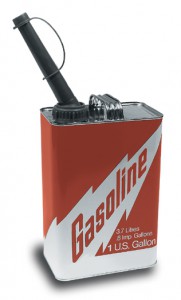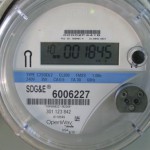 When I first approached the topic of societal energy in 2004, I became aware for the first time that our energy future was not in the bag, and proceeded to explore alternative after alternative to judge the viability and potential pitfalls of various options. I have retraced my steps in Do the Math posts, exposing the scales at which different energy sources might contribute, and the practical complexities involved. My spooky campfire version of the story, a la Tolkien: The Way is Shut.
When I first approached the topic of societal energy in 2004, I became aware for the first time that our energy future was not in the bag, and proceeded to explore alternative after alternative to judge the viability and potential pitfalls of various options. I have retraced my steps in Do the Math posts, exposing the scales at which different energy sources might contribute, and the practical complexities involved. My spooky campfire version of the story, a la Tolkien: The Way is Shut.
Alright, I’m overstating things a bit. The good news is that there do exist energy flows and sources that qualify as abundant or at least potent. However, many of the alternatives represent ways to produce electricity, which applies only to about one-third of our current energy demand. The immediate threat is therefore the short term liquid fuels crunch we will see when the global petroleum decline commences within the decade.
In this post, I will reflect on the lessons we learn after having characterized the various alternatives to fossil fuels. There will still be some tidying-up to do on energy alternatives not treated thus far, but by and large the nature of content on Do the Math is about to pivot toward addressing the question “What can we do now?” In some sense, a common thread so far has been: “easier said than done,” or “don’t count on that technology saving our bacon.” I’ve closed all the exits to get your attention. We’re boxed in. Okay, the exits aren’t really closed: they’re just not as wide open as they would need to be for me to be complacent. So now we’ll start looking at ways to nose out of our box in a safe and satisfying way.
Continue reading →
Views: 11014









